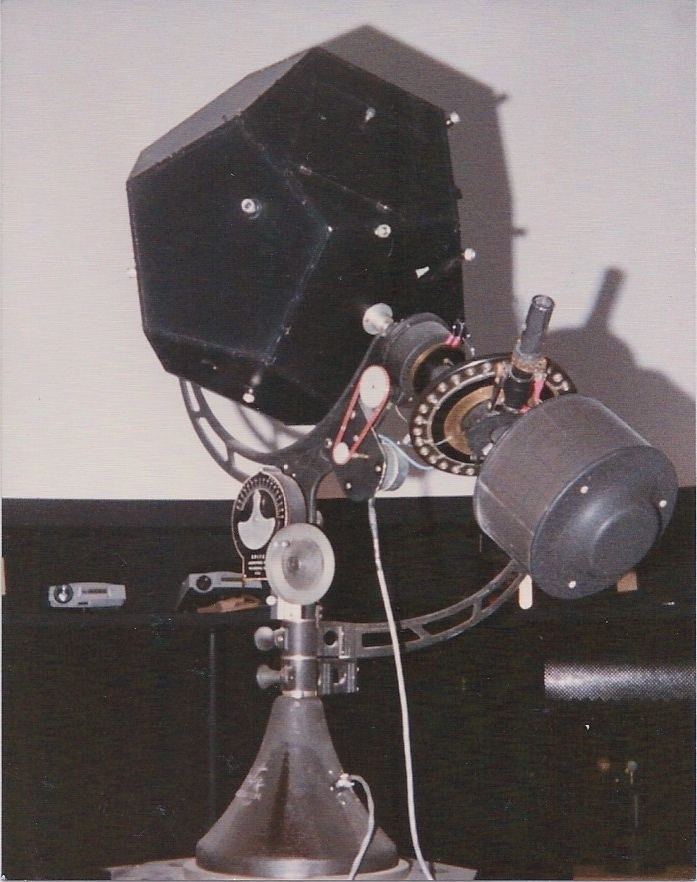Name Armand Spitz | Role Journalist | |
 | ||
Books Dictionary of Astronomy and Astronautics | ||
Armand spitz lecture 2
Armand Neustadter Spitz (July 7, 1904 – April 14, 1971) was an American planetarium designer.
Contents
Armand spitz lecture 1
Biography
Armand Spitz, the son of Louis Spitz and Rose (Neustadter), was born in Philadelphia, Pennsylvania and was educated at the University of Pennsylvania and the University of Cincinnati, without receiving a degree from either. In 1926 he began working as a journalist, and within two years purchased a newspaper in Haverford, Pennsylvania. This went bankrupt in 1934, and Spitz traveled to France, discovering an interest in astronomy on the voyage to Europe. On his return to the United States, he became a lecturer on astronomical topics at Haverford College. As a side effort he made a 1-foot-diameter (0.30 m) papier-mache model of the Moon, which is on display to this day at the Academy of Natural Sciences in Philadelphia.
Spitz became a volunteer at the new Fels Planetarium in Philadelphia, doing publicity, but soon was allowed to do planetarium lectures. He also created a series of radio programs in which he covered scientific topics, with an emphasis on astronomy. His first book, The Pinpoint Planetarium, appeared in 1940. The first half of the book described the sky and legends attached to it. The last half of the book contained star charts to be punched out and held in front of lamps, projecting stars in their proper relationships onto a wall or other smooth clear surface.
Concerned that the only planetariums then available were so expensive that few institutions could have them and few people would live near enough to visit, in 1947 Spitz completed design work on a very inexpensive planetarium model. The main problem, he discovered, was that creating a globe for stellar projection was very complex and expensive. Following a suggestion by Albert Einstein, Spitz used a dodecahedron as the "globe" equivalent for his star projector.
Following a demonstration at an astronomical conference at the Harvard-Smithsonian Center for Astrophysics, Spitz received considerable publicity, and began marketing his Model A planetarium for $500. These were sold to the various American military academies, small museums, schools, and even to King Farouk of Egypt.
Within a few years, Spitz introduced the model A-1, which incorporated the Sun, Moon, and five naked eye planets, still using the dodecahedron shape for the star projector. Later a model A-2 came out, projecting more stars (the model A only gave stars brighter than magnitude 4.3). Just at the time that Sputnik caused the United States government to provide considerably enhanced funding for science education, Spitz produced his model A3P. This had a spherical star projector, and mechanized motions for the Sun, Moon and planets, and lunar phases. Well over a thousand of this model were ultimately sold, and in fact, when the Spitz company stopped making this model for a few years, had to bring it back due to continuing demand. Spitz had his company developing the Space Transit Planetarium, a model with additional motion capabilities and more stars, when he suffered the first of a series of strokes in 1967. He went into semi-retirement after this. Spitz died in Fairfax, Virginia.
